The use of EDS for QA and FA within production processes
This webinar covers the use of Energy Dispersive X-ray Spectrometry (EDS/EDX) in the SEM for Quality Control and Failure Analysis applications within production processes. It will cover general Spectrum, Line and map acquisitions, Live Chemical Imaging and automated particle analysis.



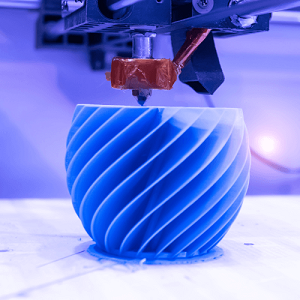

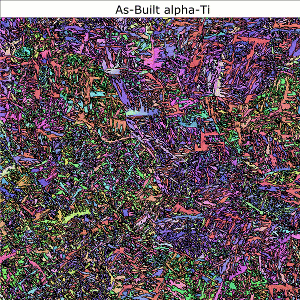
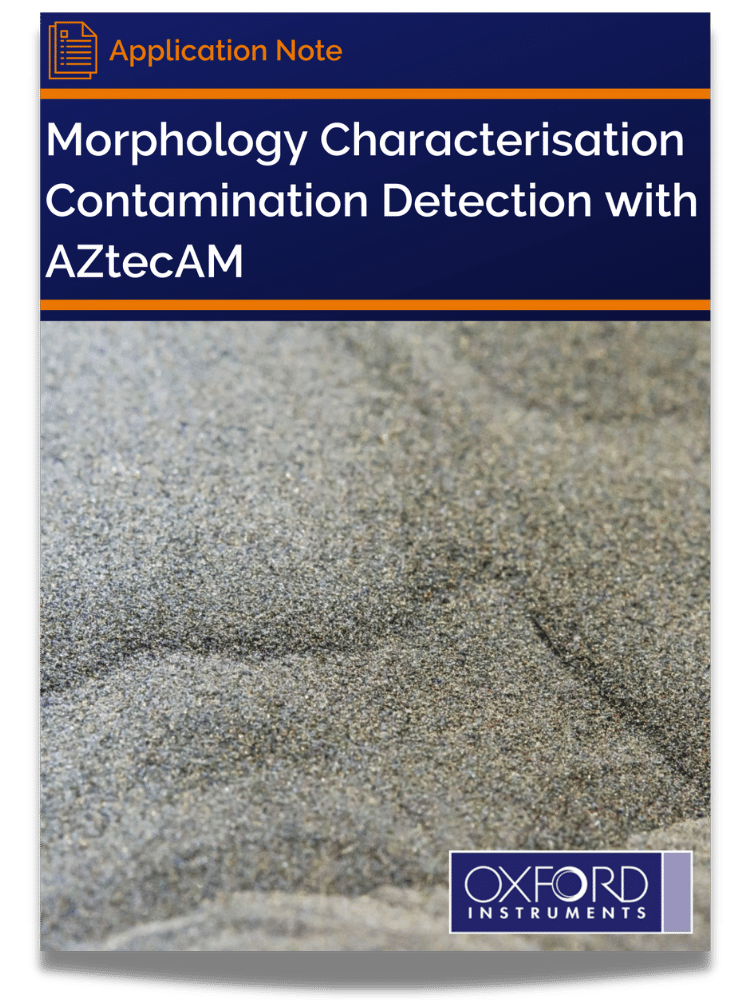
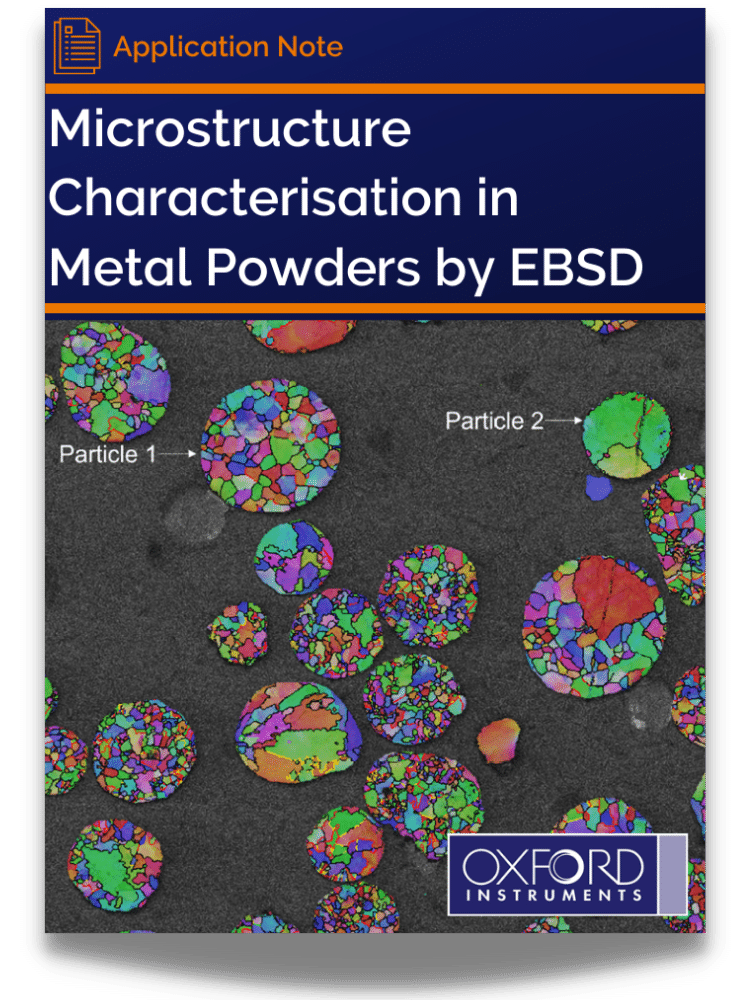
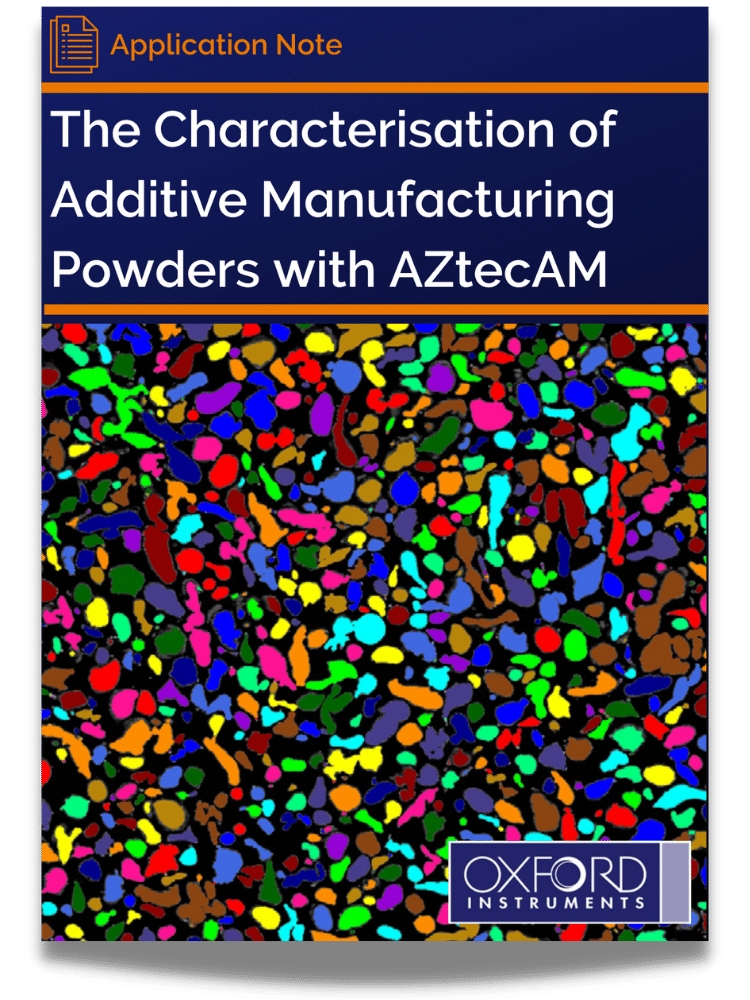
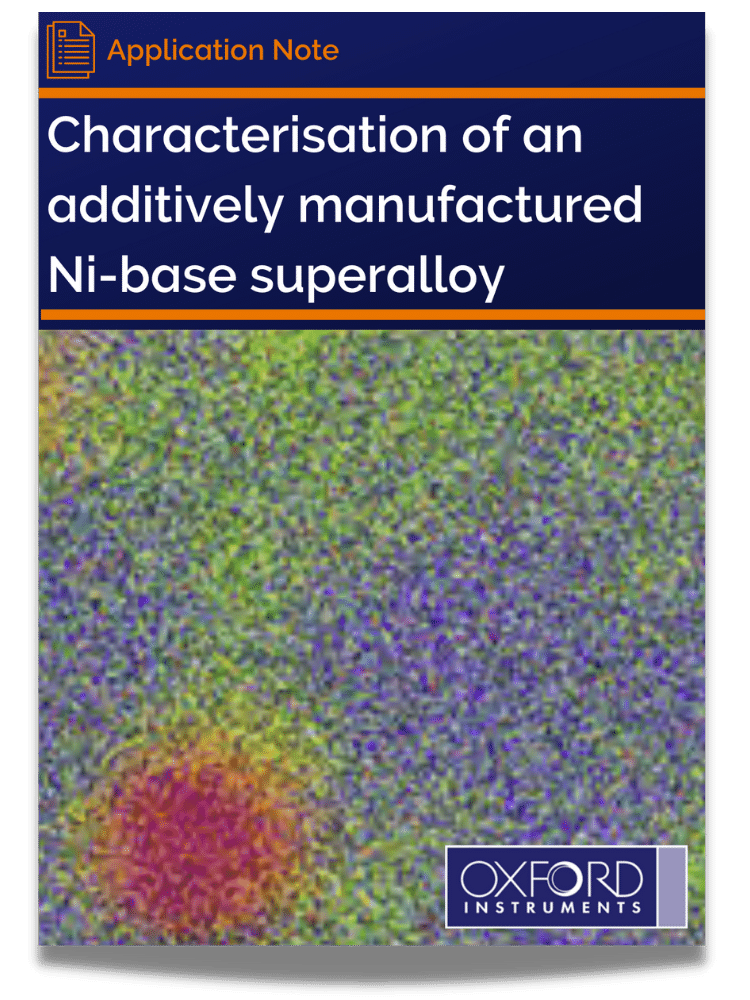

 公安机关备案号31010402003473
公安机关备案号31010402003473